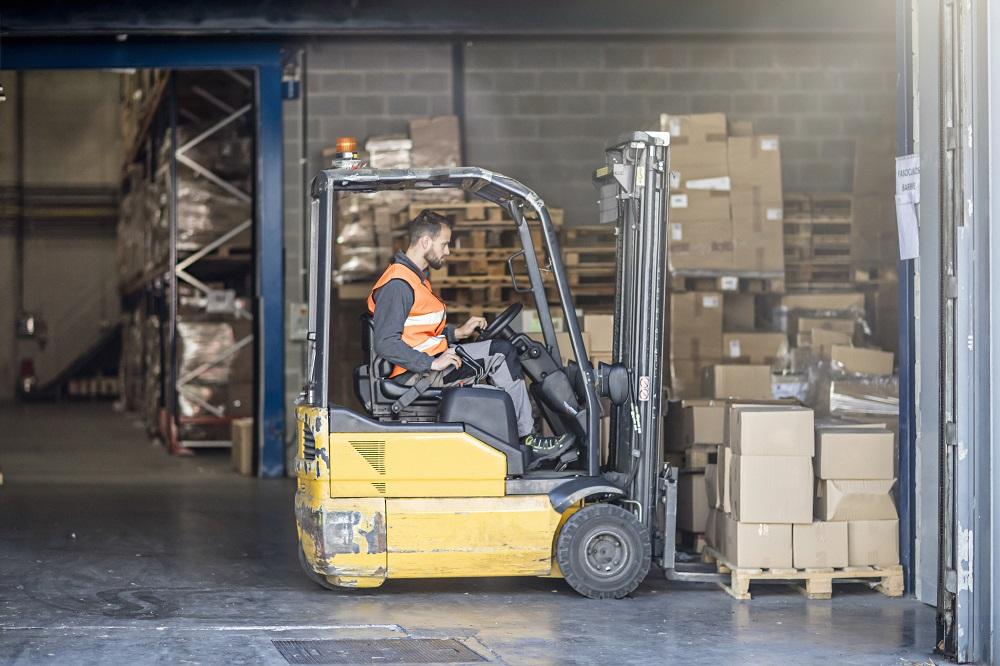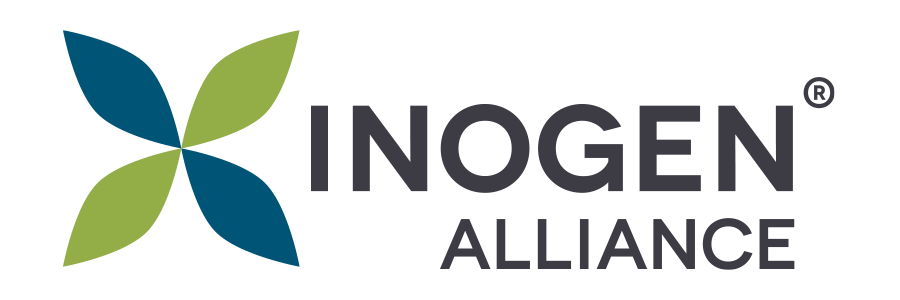Benefits of a Workplace Ergonomics Assessment

Benefits of a Workplace Ergonomics Assessment
Workplace ergonomics assessments evaluate risks present in how people physically interact with their work environment and identify areas for improvement – from an office to an industrial setting. An ergonomic evaluation of your workplace is perhaps more important now than ever.
Recently, global-scale changes have shifted where and how workforces across industries conduct business. These changes bring an increased risk for workplace injuries.
Why Is a Formal Ergonomics Assessment Important?
Poor workplace ergonomics can result in numerous health effects such as work-related musculoskeletal conditions including back pain, neck pain, headaches, and joint pain. Chronic injuries can develop from prolonged poor posture and repetitive motion.
These negative health effects can directly impact a worker’s ability to carry out their job duties and can be quite costly to both the employee and employer. In short, poor workplace ergonomics can increase injuries while decreasing productivity and quality.
Workforce health impacts the bottom line of any business in any industry. No workplace is immune from ergonomic risk. Poor workplace ergonomics can lead to increased absenteeism and claims for injuries due to overlooked risk factors.
Workers who are comfortable at work have more focus and are more productive. A workforce that knows you value their wellbeing will be more engaged and likely to seek career advancement within the company, reducing turnover. When the ergonomics issues are part of a manual labor or assembly position, product quality and consistency improves due to reduced strain on the worker’s body.
Workplace Ergonomics Assessments: Why and How
A workplace ergonomic assessment quantifies risks and offers solutions to mitigate common causes of workplace injuries. A formal assessment of your workplace should be done by a qualified workplace ergonomics professional who has an understanding of:
- Kinesiology (the study of human movement)
- Biomechanics (the study of motion in living things)
- How both kinesiology and biomechanics relate to workplace safety
What Happens During the Assessment
The specific nature of the workplace ergonomic assessment can differ between industries. It is important that your assessments are tailored to your particular industry and specific needs.
Workplace ergonomic assessments, regardless of industry, typically break down into four main components:
- Evaluation of existing data
- Observation of workplace ergonomics
- Surveying of the workforce
- Analysis and reporting of all findings
- Recommendations for risk mitigation
Evaluation of Existing Data
The assessor will begin by evaluating your organization’s ergonomic records. In particular, they will want to know what, if any, previous workplace ergonomics training services your workplace has received. Requirements for workplace ergonomics training services can vary between locations across regions and around the globe. Therefore, it is critical that companies work with a provider who has a global reach and knowledge of requirements in each region where your organization has a physical presence.
An ergonomics assessment also includes a review of any workplace injury reports and medical claims. Being transparent with your assessor is vital, as they are not here to grade your existing performance, but instead to help you prevent any further issues.
Observation
The next stage of the assessment is observation. Prior to this stage, it is important to communicate to your workforce that you want them to be truthful with the assessor. Reassure them that the assessment benefits them, as well as the business, and it is in everyone’s best interest to be honest about their concerns.
The auditor will walk through the workplace (where applicable) and observe how your workforce interacts with their environment. This provides the assessor a clear view of workstation ergonomics and allows them to observe tasks that require manual material handling and/or repetitive motion. They will watch for situations that expose workers to the most common causes of workplace injuries: repetitive motion, force, vibration, and awkward positions.
Surveying
During the walk-through, the assessor will interview workers about their jobs and ergonomic concerns. The assessor will ask about repetitive motion tasks and may ask workers to demonstrate common movements they encounter in their work, including around material handling.
For larger organizations, a company-wide self-reporting survey is a useful tool for gathering similar information about the workforce. This qualitative survey may be done in addition to or instead of a walk-through.
Another component of the survey is using assessment tools to gather numeric, or quantitative, data. Examples of quantitative data specific to an ergonomics assessment include numbers of injuries, lost time metrics, rework or quality metrics, absenteeism. There are many tools available to assist with gathering quantitative data during an ergonomic assessment. These tools range from checklist forms to rate the ergonomics of a workspace to digital apps that assist with calculating lifting loads and recommended weights.
Your assessor should be able to recommend tools that will help you with ongoing ergonomic assessments as new employees join your organization, new workplaces come online, or other workplace changes occur that justify additional assessments.
Analysis and Recommendations
Once the assessor has compiled the data gathered during the previous steps, they will analyze their findings and develop a report to highlight the most probable and severe areas of risk. These findings may be broken down by department, zone, or task, and should include suggestions for risk mitigation.
Your workforce is the backbone of your business. Protecting their long-term wellbeing through a workplace ergonomic assessment offers them a sense of security and offers you some peace of mind. Workplace ergonomics assessments will help you to improve quality, productivity, and reduce injuries among your workforce.
Take the first step toward a safer workplace and ensure compliance with international safety standards throughout all of your physical locations by contacting Inogen Alliance about our Ergonomics services.
Inogen Alliance is a global network made up of dozens of independent local businesses and over 5,000 consultants around the world who can help make your project a success. Our Associates collaborate closely to serve multinational corporations, government agencies, and nonprofit organizations, and we share knowledge and industry experience to provide the highest quality service to our clients. Learn more about how you can work with Inogen Alliance by exploring our Associates or Contact Us. Watch for more News & Blog updates here and follow us on LinkedIn.

